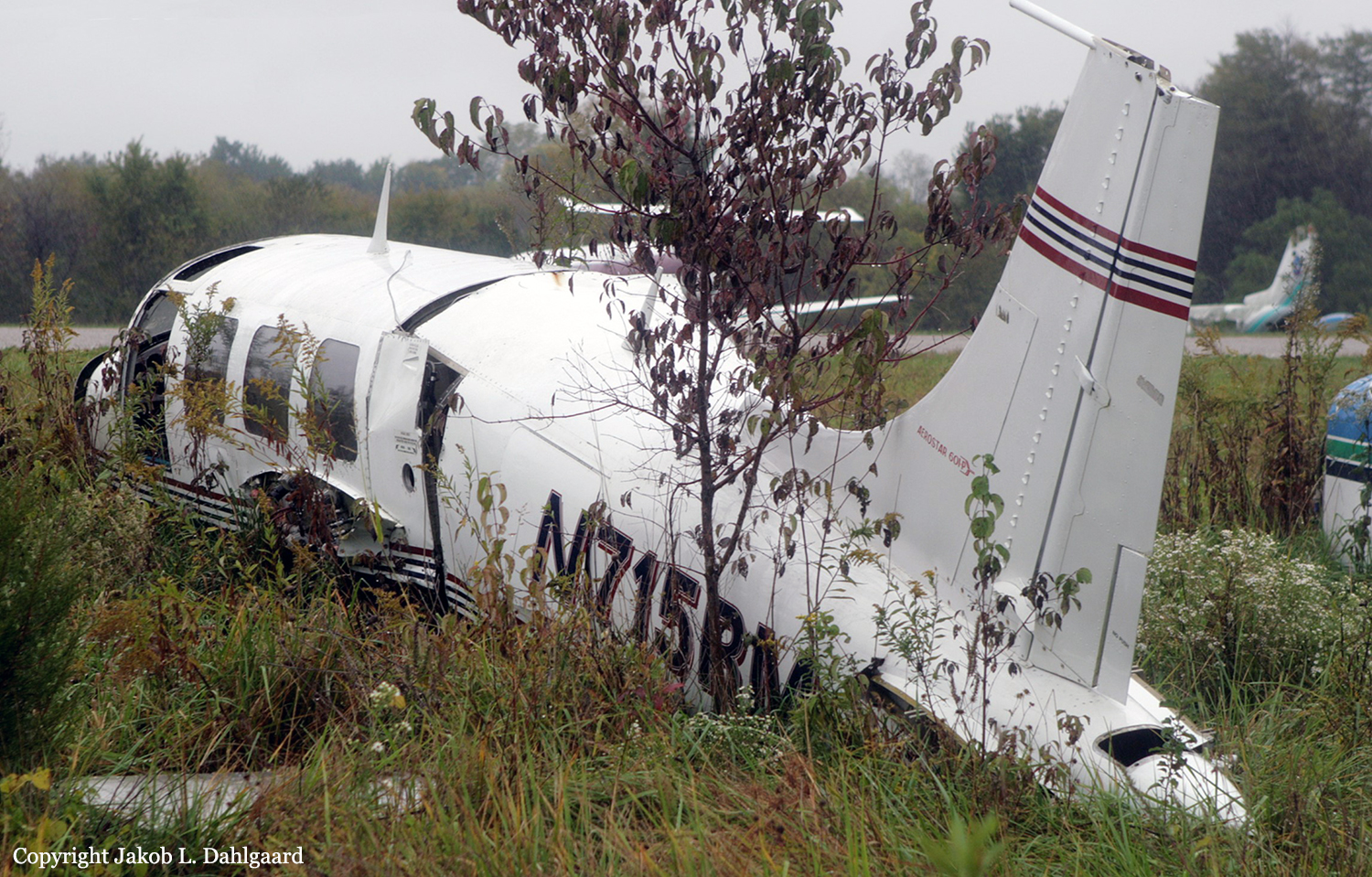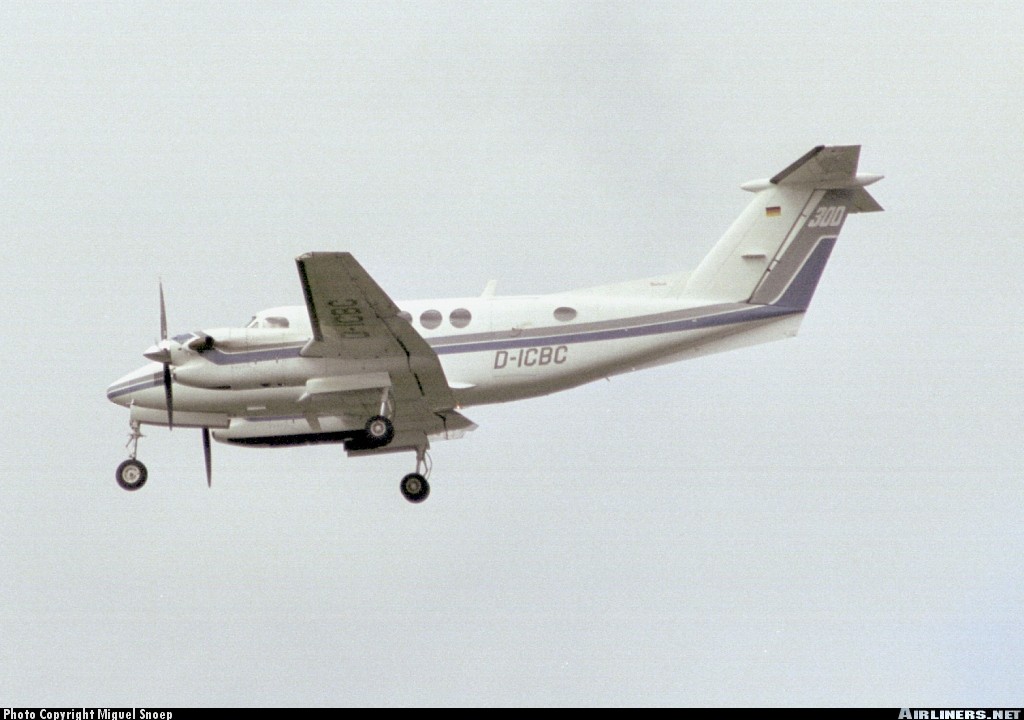Crash of a Cessna 500 Citation I in Marília
Date & Time:
Dec 1, 2002 at 2310 LT
Registration:
PT-LIY
Survivors:
Yes
Schedule:
Goiânia – Marília
MSN:
500-0219
YOM:
1975
Crew on board:
2
Crew fatalities:
Pax on board:
5
Pax fatalities:
Other fatalities:
Total fatalities:
0
Captain / Total hours on type:
1200.00
Copilot / Total hours on type:
200
Circumstances:
Following an uneventful flight from Goiânia-Santa Genoveva Airport, the crew started the descent to Marília Airport by night. Poor weather conditions at destination forced the crew to make a direct approach to runway 03. After landing, the aircraft was unable to stop within the remaining distance, overran, lost its undercarriage and came to rest in bushes 143 metres past the runway end. All seven occupants were rescued, among them four were injured. The aircraft was damaged beyond repair.
Probable cause:
Poor approach configuration on part of the crew who landed the aircraft 750 metres past the runway threshold, reducing the landing distance available. The following contributing factors were identified:
- The crew completed an unstabilized approach,
- Poor approach planning,
- Limited visibility due to the night and poor weather conditions,
- The braking action was low because the runway surface was wet,
- The crew failed to initiate a go-around procedure.
- The crew completed an unstabilized approach,
- Poor approach planning,
- Limited visibility due to the night and poor weather conditions,
- The braking action was low because the runway surface was wet,
- The crew failed to initiate a go-around procedure.
Final Report:









